
Review on 🚀 Enhancing Additive Manufacturing with Polymaker TPU Filament 2: Unleash Creativity and Performance by Rob Rogers

Good, clean prints work best for 3D printing. Consumables
In general, TPU has a reputation for being more difficult to print. I expected to have to do a lot of work to get a clean print. To my surprise. I really had no problems. My first test prints came out clean. I printed a temperature tower to find the best temperature for it and tweaked the settings to minimize stress (usually TPU is quite viscous). Then I immediately started to get good details out of this material. The material is very flexible. It doesn't "stretch" much. The thread itself has the property of stretching/elasticating (in addition to being flexible) but once you've created a few layers it doesn't actually "stretch", it's basically just flexible. It's VERY strong and the layer adhesion is excellent (you'll find you can't separate the layers.) I should mention that I use this on a direct drive printer. Bowden drive printers are probably more common. The Bowden drivers must "push" the filament through the Bowden tube, and the rubbery nature of the filament can make this difficult for some printers. Direct drive printers have the filament feed gear directly on the print head (no bowden tube) so they have better filament control. I've never tried typing this on a Bowden powered machine, so I can't comment on how well it works.
- Flexible, strong, consistent and excellent layer adhesion
- Large and bulky
New products
Comments (0)
Top products in 🖨️ 3D Printing Supplies
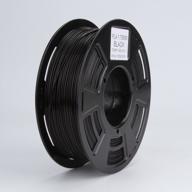
High-Quality Melca Black PLA 3D Printer Filament, 1Kg Spool, 1.75Mm Diameter With Precise Tolerance

30 Review
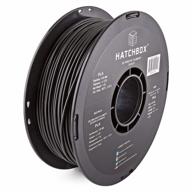
Premium Quality Black HATCHBOX PLA 3D Printer Filament With High Dimensional Accuracy - 1 Kg Spool, 3.00 Mm

37 Review
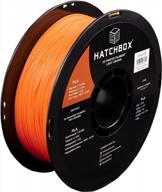
High-Quality 1.75Mm Light Orange PLA 3D Printer Filament By HATCHBOX - 1 KG Spool With +/- 0.03 Mm Dimensional Accuracy For Exceptional 3D Printing Filament Results

25 Review
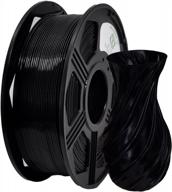
YOYI 3D Printer Filament - PETG 1.75Mm 2.2Lbs(1Kg) Spool, High Accuracy +/- 0.03 Mm, 100% New Raw Material!

32 Review
Another interesting products
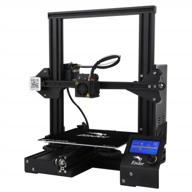
Economic Ender 3D Printer DIY Kit With Resume Printing Function, Large Printable Area Of 220X220X250MM By Creality 3D

18 Review
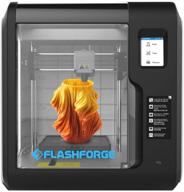
Flashforge Adventurer 3D Printer with Detachable Precision Leveling System

6 Review

🖨️ FLASHFORGE Adventurer: Enhanced 3D Printer with Removable Extruders and Monitoring Features

4 Review
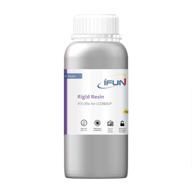
UV Curing Standard Photopolymer Printer by IFUN

5 Review

